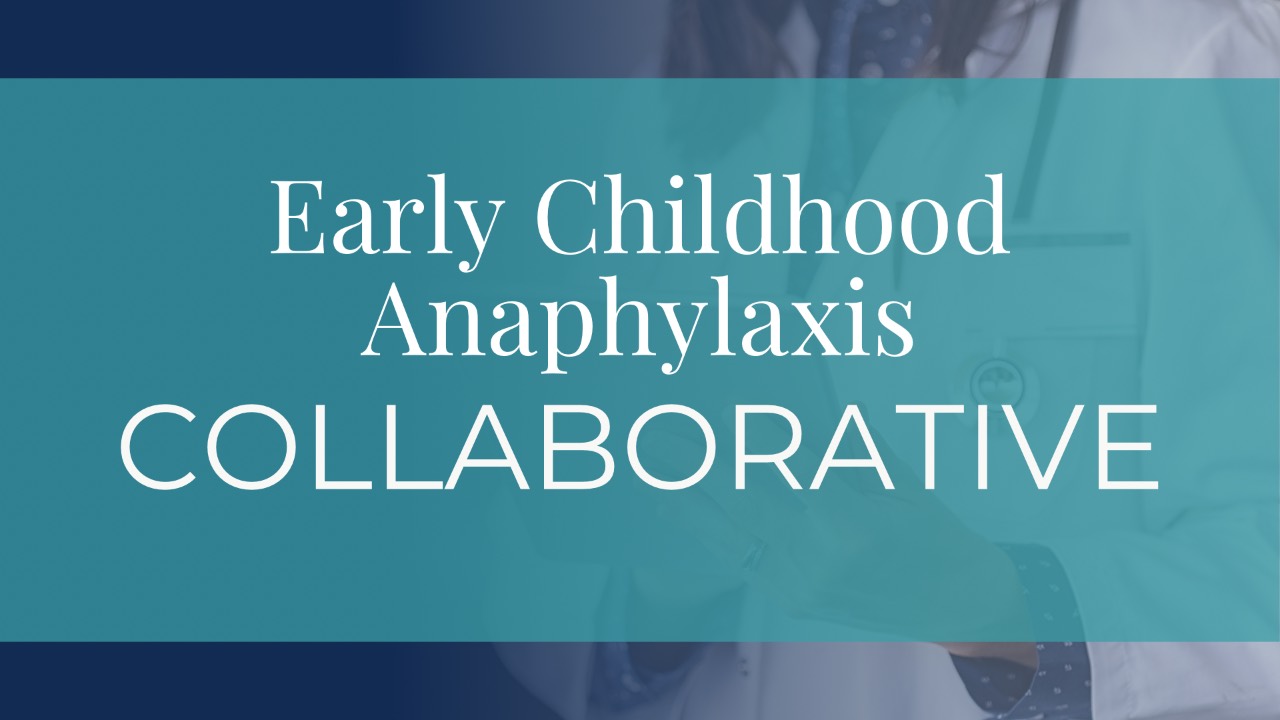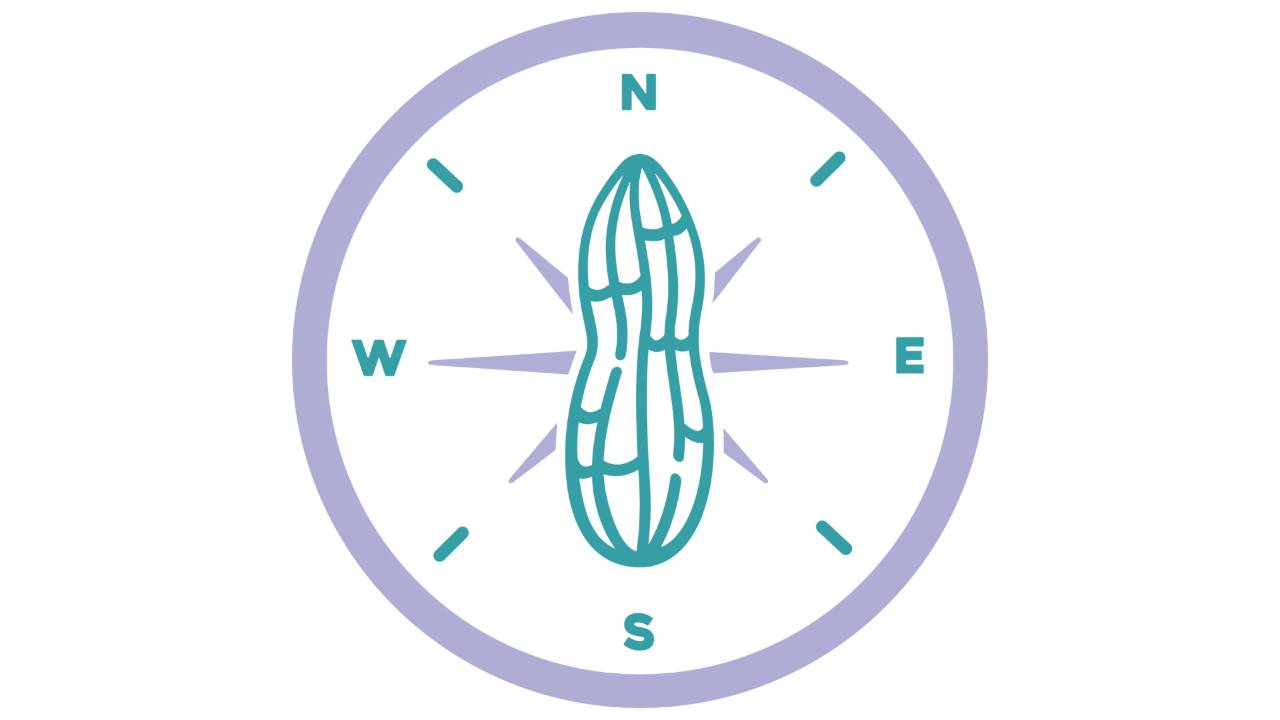Do children outgrow milk allergies?
This new article identifies risk factors for persistence.
Food Allergy Friday 02.07.2025
Expert Updates for Pediatric Healthcare Providers
🧭 Your weekly compass in the evolving landscape of pediatric food allergies
This Week's Featured Article
Title: "Long-Term Outcome of IgE-Mediated Cow’s Milk
Allergy and Risk Factors for Persistence"
Authors: Liat Nachshon, MD, Michael R. Goldberg, MD, PhD, Naama Epstein-Rigbi, MD, Yitzhak Katz, MDc, and Arnon Elizur, MD
Journal and Year: Journal of Allergy and Clinical Immunology: In Practice 2024
⚡️ Key Points in 30 Seconds
-
IgE-mediated cow's milk allergy is one of the most common food allergies of childhood.
-
In the cohort of 13,019 Israeli children, 66 children were diagnosed with milk allergy.
- Milk allergy resolved in 72% of children by 17 years of age.
-
Risk factors for persistent milk allergy at 17 years of age included:
-
Larger skin prick test wheal size (8mm versus 5mm),
-
Wheezing upon exposure to the allergen, and/or
-
No cow's milk formula feeding in the first few days of life.
-
👉 Why This Article Matters for Your Practice
IgE-mediated cow's milk allergy is one of the most common food allergies in children. Parents often want to know, "Will my child outgrow it?" This study gives you data to help you answer that!
📊 Study Overview
Population: cohort of 13,019 infants at birth; 66 were diagnosed with IgE-mediated milk allergy.
Design: This article reviews a prospective study in which babies were followed since birth to study the natural history of food allergy.
Primary Outcome (regarding food allergy): Milk allergy resolved in 57% of children by 5 years of age and resolved in 72% of children by 17 years of age. Risk factors for persistent milk allergy were identified
-
Larger skin prick test wheal size (8mm versus 5mm),
-
Wheezing upon exposure to the allergen, and/or
-
No cow's milk formula feeding in the first few days of life.
Key Conclusions by the Authors: “The identified risk factors for persistent and symptomatic IgE-CMA until late adolescence may assist in establishing individualized patient management.”
Hoyt Commentary
Most but not all IgE-mediated cow's milk allergy resolves.
As an allergist, I view IgE-mediated cow's milk allergy as an allergy that has a ~70% chance of self-resolving by adulthood. This study reinforces that.
This study had a lower but likely more accurate number of cow's milk allergy diagnoses compared to other studies.
This study has a somewhat small number of patients with milk allergy (66 isn't a super robust number), but it obtained that number through a prospective cohort, which is a good way to study the natural history of milk allergy. In this study, 66 of the total study n of 13,019 children developed milk allergy - that is 0.5% of the population. To put that into context, a 2022 US survey-based study identified 1.9% of 78,851 responders as having IgE-mediated food allergy. We think the prevalence of IgE-mediated cow's milk allergy in the US is somewhere between 0.5-2%, depending on the study. All that to say that this study had a lower prevalence of milk allergy than some other studies, but the study populations were different (Israel compared to other countries), and the way the allergy was diagnosed in this study was different from other studies, some of which relied on self-report.
I want more data about baked milk.
What is not sorted out in this study is anything about tolerance of baked milk. (I've reached out to the author for data). Many children with IgE-mediated cow's milk allergy can actually tolerate foods that have milk baked into them. This is a game-changer when it comes to day-to-day life. Also, we as allergists think that those children who tolerate baked are the ones in whom the allergy will resolve by adulthood. Is this because these children are growing tolerance to milk due to milk protein exposure via eating baked milk products? Or is it because these children have a different phenotype of milk allergy that is simply more likely to self-resolve? That question still needs to be answered.
Stats for your patients.
This study is important because it helps you provide families with general statistics on what their child's likelihood of not having to deal with this come college. It also breaks down the 5 years of age timepoint from the 17 years of age timepoint. In this study, 23 of 54 (43%) children still had the allergy by 5 years-old, and some of the children who began oral immunotherapy (OIT) at this point still had reactions by the time they were 17 years-old. Would these children have been less likely to have reactions at 17 years-old had OIT been started earlier in childhood? I suspect yes given more data continue to demonstrate that the earlier your start to induce tolerance to foods with immunotherapy, the increased chance you have at reprogramming the immune system to be tolerant to food allergens.
Also, risk factors for persistent allergy were identified. It's no surprise that a larger skin prick test size is a risk factor simply because a larger skin prick test may suggest the immune system has a lot of IgE against the food and/or the allergy cells (mast cells) that are responsible for these reactions will respond robustly. The wheezing as a risk factor also doesn't totally surprise me given I see wheezing as a severe reaction and also because many children who wheeze have other allergic conditions, such as allergic asthma, so these kiddos' allergen burden is high to begin with (so I'm not surprised their immune systems have persistent milk allergy). The exposure to milk in infancy is interesting because it supports the concept that early exposure helps with tolerance; however, other studies suggest that intermittent ingestion of cow's milk based formula in the newborn period may increase the risk of allergy, so this still needs to be sorted out.
Avoiding milk is difficult, and having to live with a milk allergy well into one's teen years can impact quality of life. And, yes, milk reactions can be life-threatening.
So if you suspect a child has a milk allergy, get them plugged in with an allergist who is proactive about food allergies. The child may or may not need to avoid baked milk - we often do an ingestion challenge to determine that. Empowering families with knowledge and options can literally change an entire family's world.
Patient Communication Tips
🗣️ Key Messages for Families
-
IgE-mediated milk allergy can be dangerous but often resolves, up to 72% of the time by adulthood.
- Milk allergy has resolved in 57% of patients by age 5 years.
Sample Script:
"The type of milk allergy your child has is the type that can cause anaphylaxis - a severe allergic reaction. The good news is that in 70% of children, this resolves. Let's get you plugged in with an allergist to discuss next steps."
🧐 Quick Quiz
After perusing the article, test your knowledge with this single question:
In this study, what percentage of patients still had milk allergy at 17 years of age?
A. 28%
B. 46%
C. 54%
D. 72%
Answer and explanation provided in next week's newsletter. ✔
Last week’s answer: False! Early introductions has not been shown to interfere with breastfeeding.

'Food Allergy Friday' is curated and written by Dr. Alice Hoyt. Dr. Hoyt is board-certified in allergy & immunology, internal medicine, and pediatrics. Her clinical expertise is in food allergies, and she serves patients with her team at the Hoyt Institute of Food Allergy.
Share this newsletter! Simply forward it to a colleague. 👍 And they can visit foodallergypedshub.hoytallergy.com.





